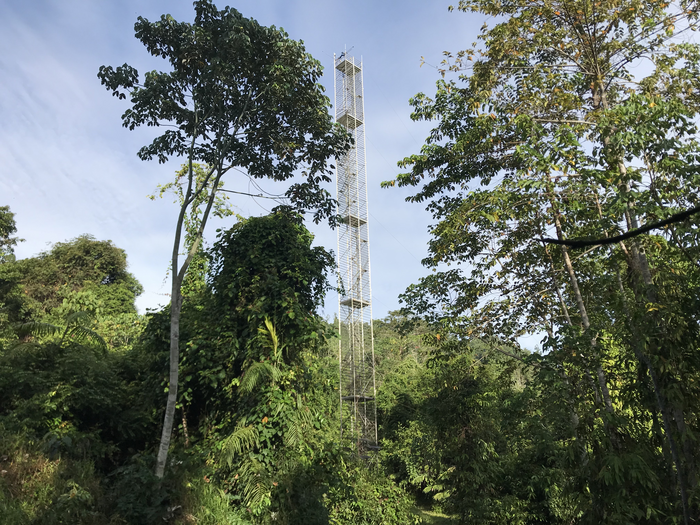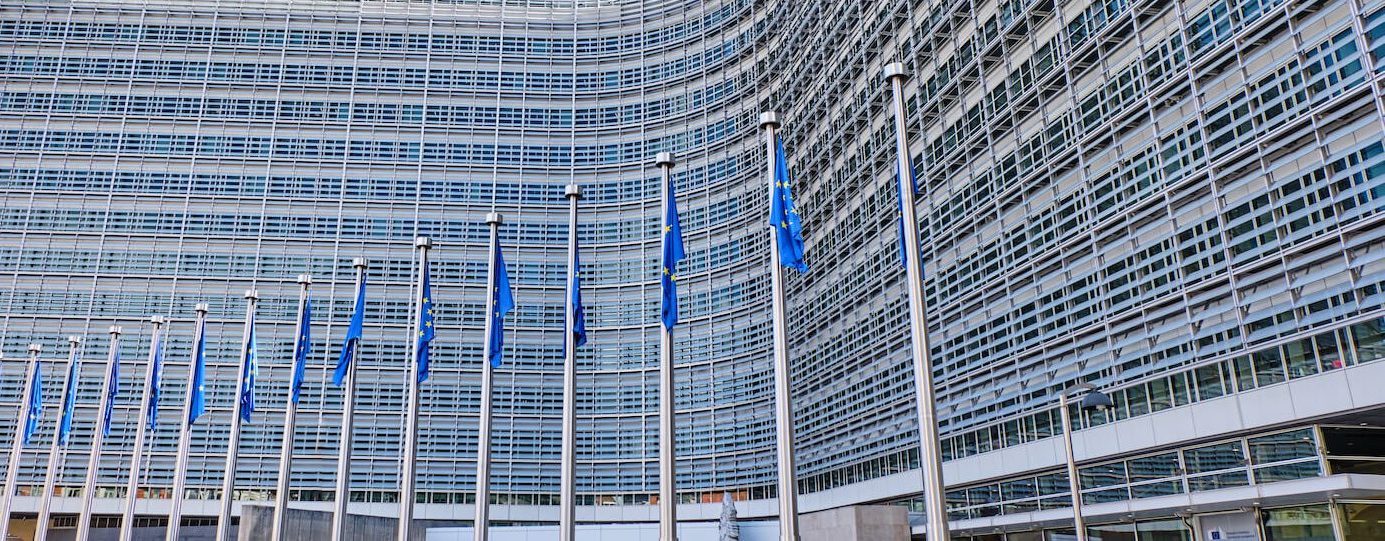Forest-based mitigation activities can reduce emissions by sequestering carbon in forest ecosystems, retaining carbon in wood products and avoiding emissions through improved management and material for energy substitution. These activities can be broadly categorized as actions that protect (e.g. avoiding deforestation and forest degradation and conservation), manage (e.g. harvesting or active other management), or restore forests (e.g. afforestation and reforestation), as well as actions that improve wood use (including shifting towards longer lived products, material substitution, cascading).
The European Green Deal relies on forests and forestry for achieving the European Union’s climate neutrality by 2050. Currently, forests and wood products remove approximately 380 MtCO2 equivalent per year, which compensates for about 10% of EU-27’s total greenhouse gas emissions. According to new policy targets adopted by the European Commission, the EU-27’s Land Use, Land-Use Change, and Forestry (LULUCF) regulation, which includes forests and wood products as well as other land uses, will need to remove approximately an additional 50 MtCO2 eq per year by 2030, 100 MtCO2 eq per year by 2035 and 170 MtCO2 eq per year by 2050.
“Unfortunately, the forest sink is expected to decrease up to 2050 in absence of targeted mitigation action due to increased harvesting, forest aging and the increased frequency and severity of disturbances driven by climate change”, explains Lucia Perugini, forest ecologist at IAFES Division of CMCC. This creates foreseeable pressure as the LULUCF sector is called upon to increase its net GHG removals to nearly double its net carbon sink by 2050 compared to the current situation.
The unexpected emissions of forest recovery
A key issue revolves around how to calculate carbon sequestration potential for agroforestry and natural forests? Many studies have focused on measuring tree growth to estimate the amount of carbon taken from the atmosphere. For example, tropical forests that are recovering from having trees removed were thought to be carbon absorbers, as the new trees grow quickly. However, a new study, led by Imperial College London researchers and published in PNAS, uproots this theory, showing that the carbon released by soil and rotting wood outpaces the carbon absorbed by new growth.
Logged forest plots in the study had experienced logging at different stages over the preceding decades and the measurements were taken between 2011 and 2017. To measure the carbon released from the ground, researchers used a portable carbon dioxide monitor to test patches of ground and pieces of deadwood in several plots monthly for several years. The teamalso set up a 52-meter-tall tower above the forest canopy to continuously measure the flux of carbon into and out of the forest to see whether it was a net source or sink of carbon.
Findings reveal that unlogged forested areas are generally carbon neutral, but that moderately and heavily logged tropical forest areas are a carbon source. “From these measurements [from the tower, ed], we know logged forests are still a source of carbon up to a decade after they have been logged, and that this primarily comes from organic matter in the soil or from rotting wood”, says Robert Ewers, co-author of the study. “The high moisture and temperature, typical of the tropical regions, speed up the biochemical processes, including the oxidation of the organic matter.
The results of the study confirm that forest estimates are complex: they should consider as many compartments as possible – soil, biomass and deadwood – to be reliable”, comments Perugini, adding that “monitoring, reporting and verification are also key elements to support the development of carbon offsets projects. Such projects need to provide evidence that the undertaken actions have resulted in permanent carbon emission reductions or increased carbon removals”. Certification standards should help provide such evidence, even though a recent investigation into the most widespread standard has shown alarming system failures.

The “Verragate”
Currently, the voluntary offsets market deriving from Agriculture, forestry and other land use (AFOLU) activities is dominated by the Verified Carbon Standard (VCS), developed and managed by Verra, which covers almost 90% of the market.
A recent investigation into Verra, the world’s leading carbon standard for the rapidly growing 2 billion USD (1.9 billion EUR) voluntary offsets market, has found that, based on analysis of a significant percentage of the projects, more than 90% of rainforest offset credits – among the most commonly used by companies – are likely to be «phantom credits» without benefits to the climate.
The analysis, undertaken by Die Zeit, the Guardian and the non-profit SourceMaterial, “raises questions over the credits bought by a number of internationally renowned companies – some of them have labeled their products “carbon neutral”, or have told their consumers they can fly, buy new clothes or eat certain foods without making the climate crisis worse. But doubts have been raised repeatedly over whether they are really effective”, as reported by the journalist Patrick Greenfield.
Verra operates a number of leading environmental standards for climate action and sustainable development, including its VCS that has issued more than 1 billion carbon credits. It also approves three-quarters of all voluntary offsets. Its rainforest protection programme makes up 40% of the credits it approves and was launched before the Paris Agreement with the aim of generating revenue for protecting ecosystems.
The need for new economic instruments
The aforementioned LULUCF Regulation provides detailed accounting rules for forests, namely the so-called Forest Reference Levels, a counterfactual value of emissions and removals that would occur in managed forest land in the absence of any future change in management practices compared to the reference period of 2000–2009. The proposed revisions to the LULUCF Regulation contain a more stringent contribution from the sector, simplifying the accounting rules and assimilating the forest sector to other emission sectors.
“The Common Agricultural Policy is not enough to achieve climate neutrality. Economic instruments, such as a voluntary but binding certification, can help forest owners and managers, timber-processing industries and consumers take the social costs and benefits of their practices into account,” says Perugini. Will it be successful? “It’s a wildcard. The challenge consists in finding the right balance between scientific rigour and sustainability for private actors. Otherwise, it will be a failure”, she concludes.
Picture Credits CC from Markus Spiske on Unsplash






